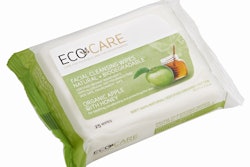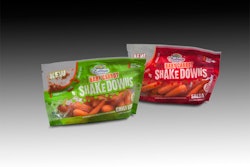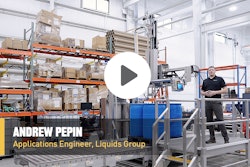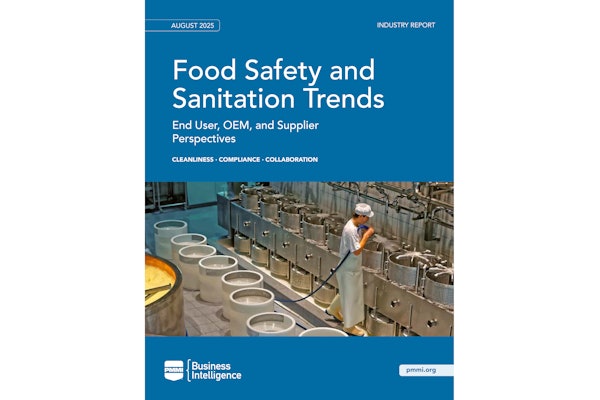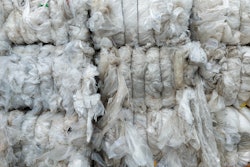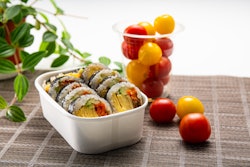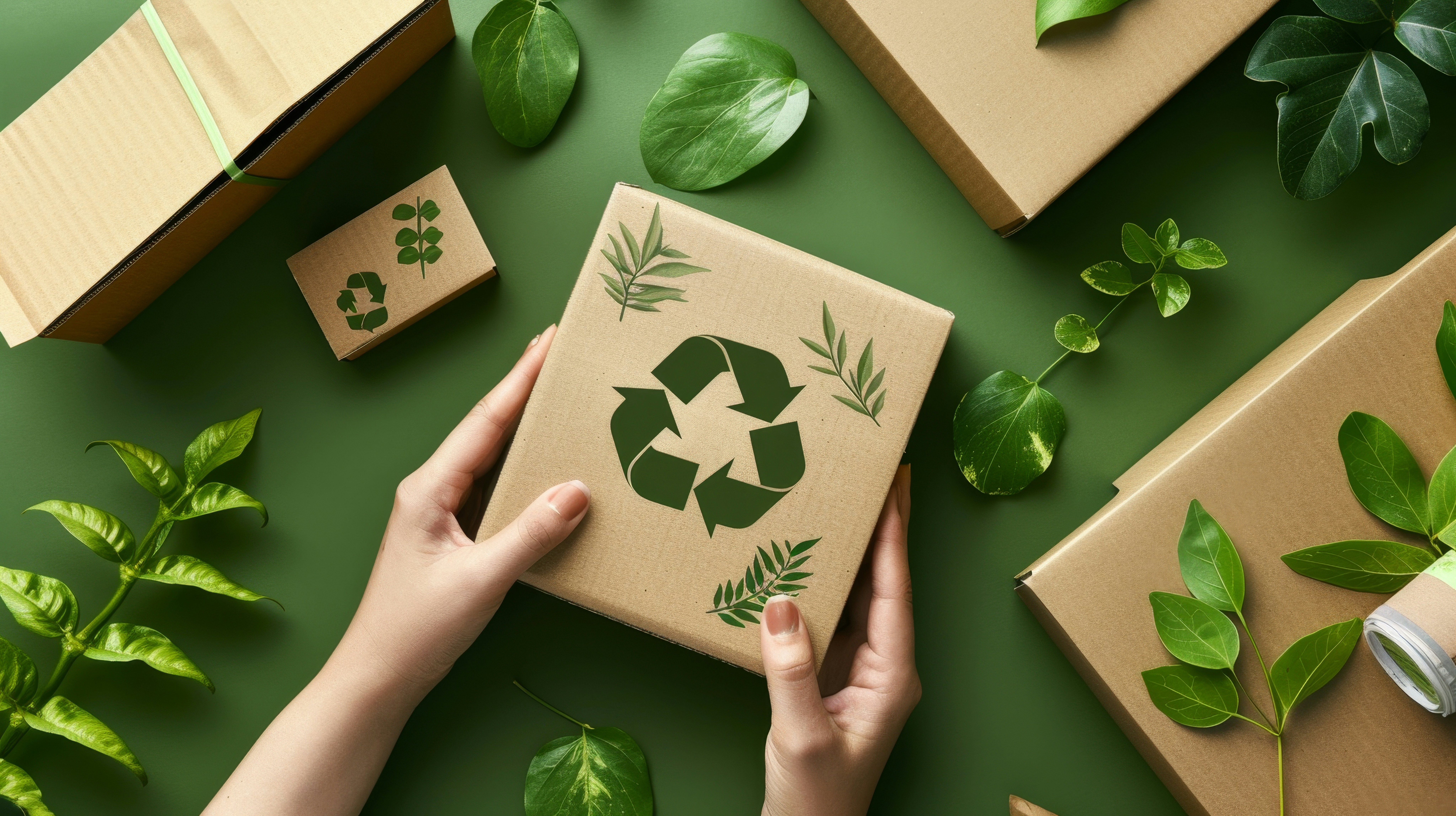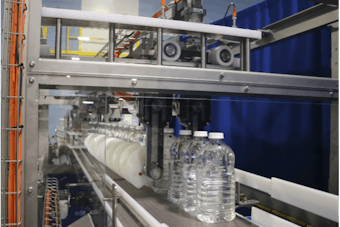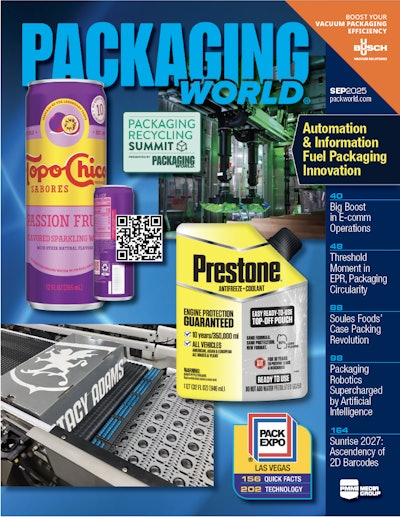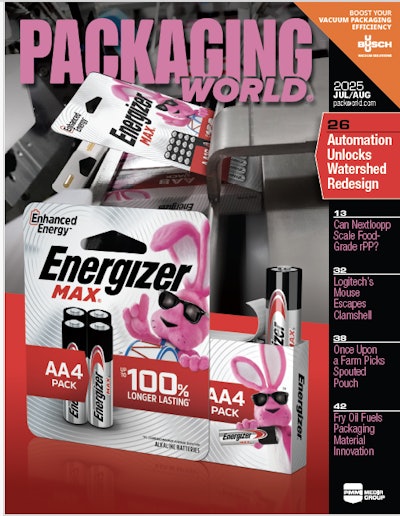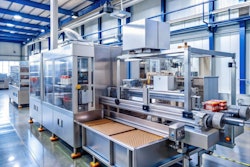The word “polymer” derives from the Greek words poly, which means “many,” and mer, which means “parts.” There are naturally occurring polymers; polymer cellulose is the major constituent of plant cell walls and makes up about 50% by weight of most wood and over 85% of cottonseed hair fibers. Regenerated wood cellulose was one of the first polymer packaging films, and is still in use, with a resurgence of interest due to its natural,
renewable source.
The main action in polymer films, however, is in synthetic polymers, which are produced by connecting simple molecules by a process called polymerization. The nature of simple monomers (Greek for “small parts”) and how many and in what way they are connected lead to the properties that are unique to each different polymer type and its variants.
A polymer made from a single monomer is called a homopolymer; a copolymer is made from mixtures of two or more different monomers, each called comonomers. Comonomers can connect in different ways: along the main chain or backbone of the polymer molecule in ordered or random ways, or as branches of one polymer off the backbone of the other. A specialized subset of copolymers that is quite useful in packaging is an ionomer.
This copolymer is made primarily from a nonionic monomer (the most commonly used monomer for film polymers) and a small (generally <15%) fraction of an ionic monomer, typically an acid. After polymerization, the acid functionality is partially neutralized with metal ions, most commonly sodium or zinc, creating the opportunity for ionic bonds between branches of a single molecular chain or between adjacent chains; these ionic bonds contribute greatly to the toughness and sealing properties of ionomers.
Choices of specific polymerization conditions (temperature and pressure), number of reaction steps, batch or continuous reactors, and type(s) of catalysts are used to direct the polymerization reaction toward the molecules of most interest. Given the huge variety of monomer choices and steady advances in polymerization technology, many different polymers exist, and more are continually being developed. It is important to realize that due to the normal variation present in materials and processes, a polymer resin pellet will contain a distribution of molecules of differing molecular weights and chain configurations. Polymer chemists and film engineers examine these differences, as they translate into differences in polymer and film performance. When significant changes to the molecular distribution of a type of polymer can be consistently reproduced, a new grade or even polymer subfamily may result.
Liked this article? Download the entire playbook here.
